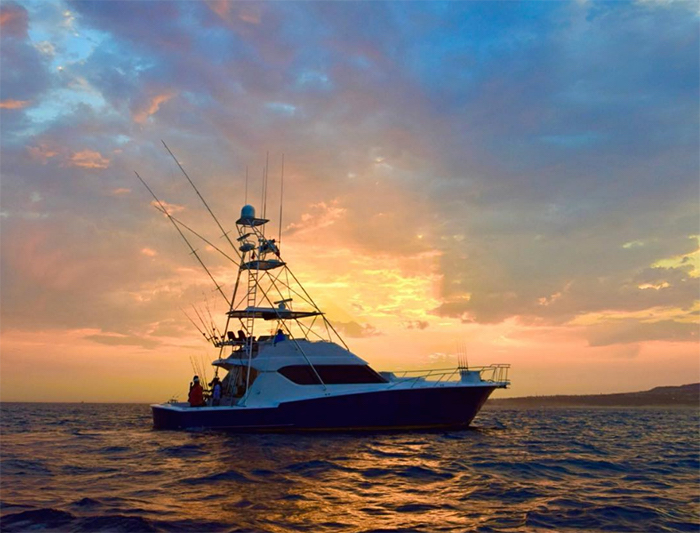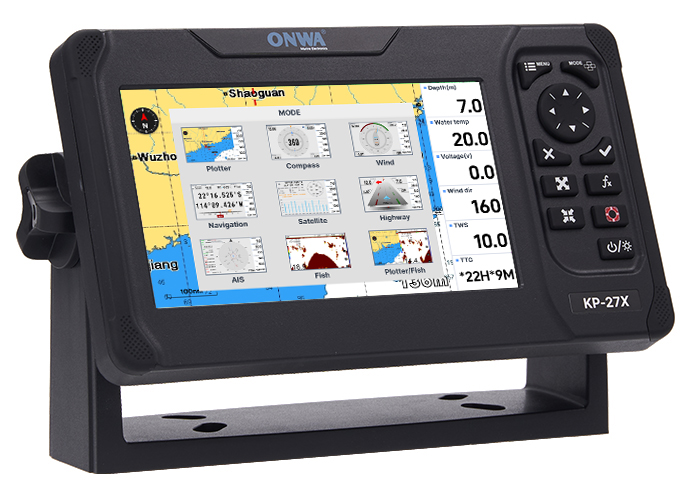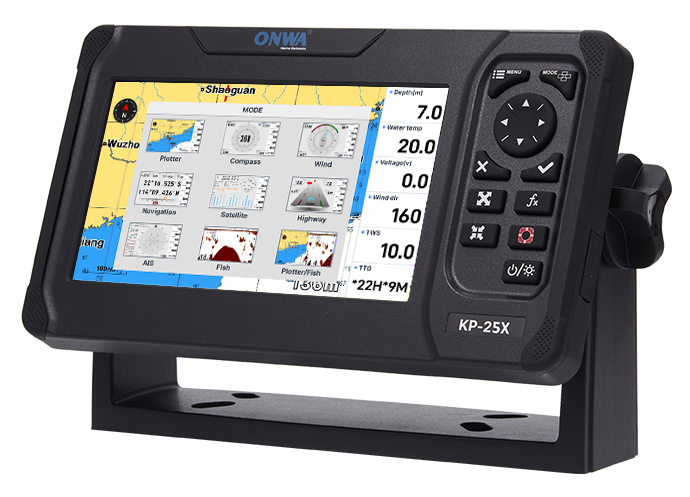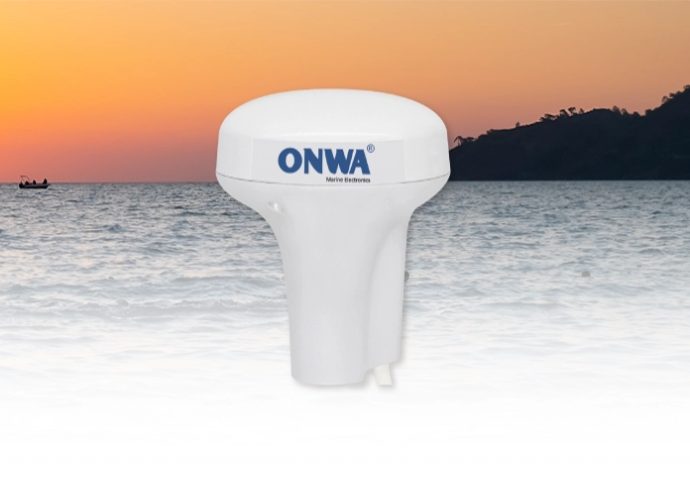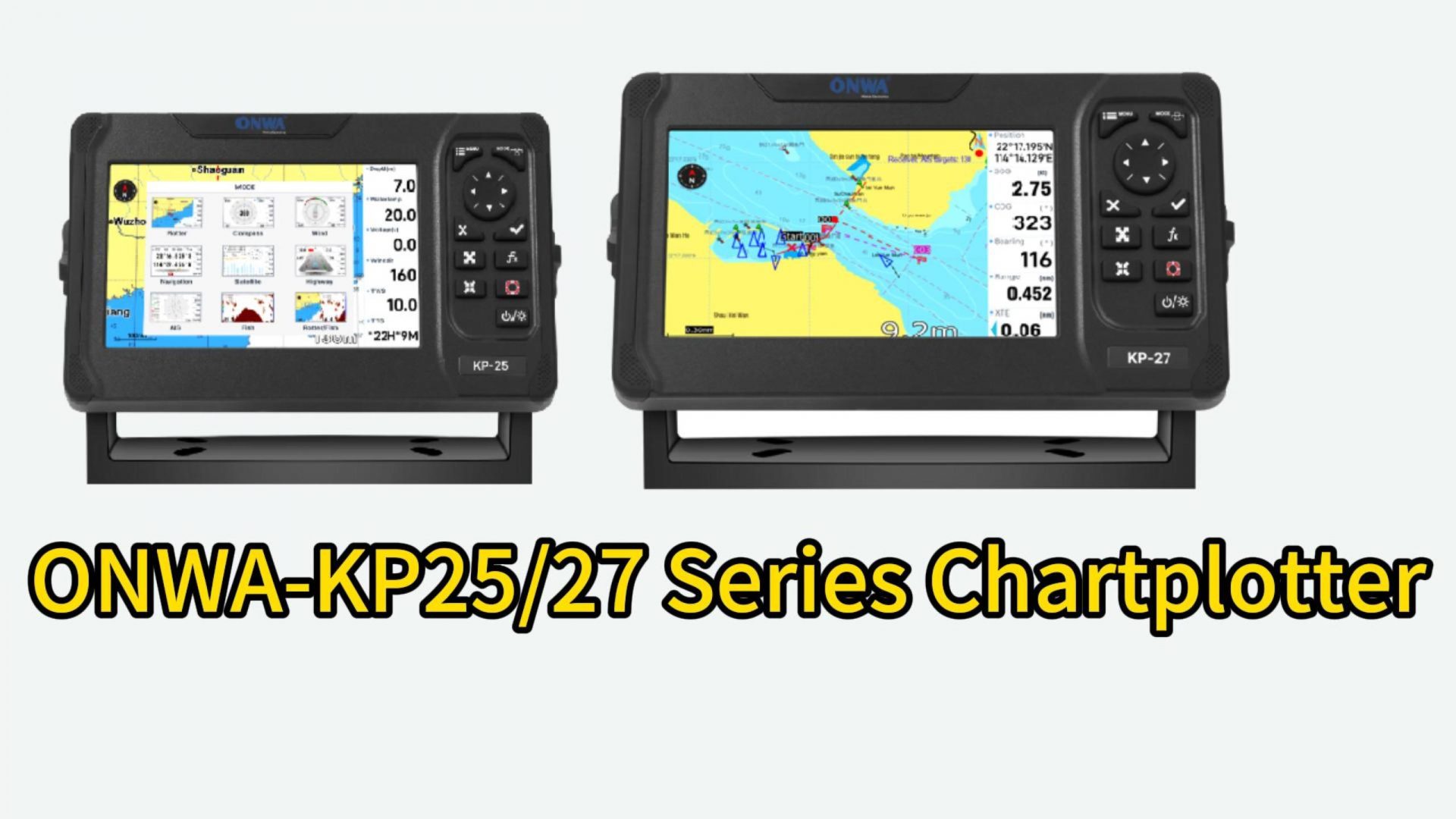Benefits of 4-in-1 Chart Plotters
The integration of multiple navigational tools into one device has given rise to the 4-in-1 chart plotters, a system that revolutionizes navigation for seafarers. The advantages of such a system cover a wide range of aspects from operational to financial, proving invaluable, especially for operators of smaller vessels.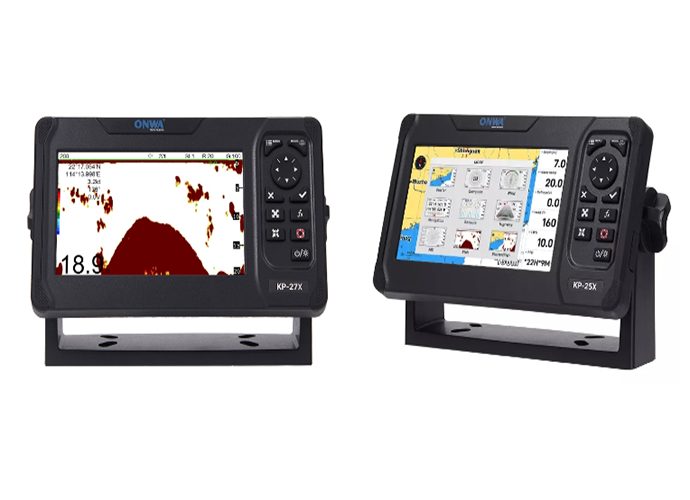
Enhanced Navigational Safety
- Integrated Systems: Combines GPS, sonar, radar, and AIS in one device for a full spectrum of navigational data.
- Real-Time Information: Offers up-to-the-minute positioning and environmental details essential for making informed decisions at sea.
- Reduced Risk: Minimizes the chance of navigational errors by providing accurate and comprehensive data from combined technologies.
Maximizing Cockpit Space
- Single Unit Design: Occupies less room by incorporating various functions into one compact chart plotter.
- Decluttered Work: Keeps the helm more organized and free of unnecessary equipment, enhancing focus and control.
- Optimal Usability: Ensures all navigational tools are accessible from one point, simplifying the user experience.
Economic Advantages
- Cost Savings: Eliminates the need to invest in multiple separate devices, making it a more budget-friendly option.
- Streamlined Installation: Requires setting up only one system instead of multiple, saving on installation expenses.
- Maintenance Efficiency: Simplifies upkeep as there's only one system to maintain and update, reducing long-term servicing costs.
Key Features of 4-in-1 Chart Plotters
The 4-in-1 chart plotters are leading the way in maritime navigation technology, offering a suite of features that underscore their importance for modern seafarers. These devices not only pinpoint location with precision but also bring a wealth of information and functionality to the helm, enhancing safety, and making navigation more intuitive than ever.Touchscreen Interface
- Ease of Use: The inclusion of a touchscreen interface in chart plotters devices has transformed user interaction, allowing for quick and intuitive access to navigation data and functions.
- Quick Decision-Making: By facilitating effortless adjustments and real-time data access, touchscreen interfaces support prompt decision-making in changing marine environments.
Compatibility with Older Models
- Upgrade Path: For those transitioning from ONWA chartplotter older models, the latest 4-in-1 devices offer a significant technological leap, compatible with existing setups while providing advanced features.
- Enhanced Functionality: Upgrading introduces mariners to improved accuracy, faster processing, and expanded capabilities, such as integrated sonar and radar functionalities.
Online Integration
- Real-Time Updates: The capacity for online integration ensures that mariners using a chart plotters can access the latest charts, maritime conditions, and software updates in real-time, keeping them informed and prepared.
- Enhanced Navigation: This connectivity supports better route planning and adaptability to changing conditions at sea, directly contributing to safer voyages.
Radar Combo
- Safety in Visibility: The ONWA chartplotter radar combo feature drastically enhances navigational safety by providing detailed images of surroundings, especially beneficial in congested waters or areas of reduced visibility.
- Situational Awareness: Real-time radar images offer a comprehensive view of the maritime environment, aiding in collision avoidance and journey planning.
Sonar Capabilities
- Detailed Imaging: The inclusion of high-definition sonar in 4-in-1 chart plotters allows for unprecedented below-surface imaging, a crucial asset for avoiding submerged hazards and for successful fishing expeditions.
- Versatile Functionality: Sonar technology not only aids in navigation but also enhances the fishing experience by providing clear images of fish schools and underwater structures.

Choosing the Ideal 4-in-1 Chart Plotters
For small boat owners, selecting the right chart plotters with 4-in-1 chart plotter capabilities can be critical for a seamless and enjoyable boating experience. Understanding the unique needs of compact vessels, the selection process must be attentive to various considerations like size limitations, intended activities, and budget.Factors to Consider for Small Boats
- Space Optimization: Owners should seek compact units that provide essential navigation features without overwhelming limited console space.
- Boating Activities: Whether it’s fishing, cruising, or sailing, each activity demands specific chart plotter features. For instance, fishing enthusiasts might prioritize superior sonar capabilities, while cruisers may value detailed charting and waypoint management.
- Budget Constraints: The cost of chart plotters systems can vary significantly. Small boat owners need to find a balance between functionality and affordability, ensuring they obtain a device that meets their primary needs without excess features that inflate the cost.
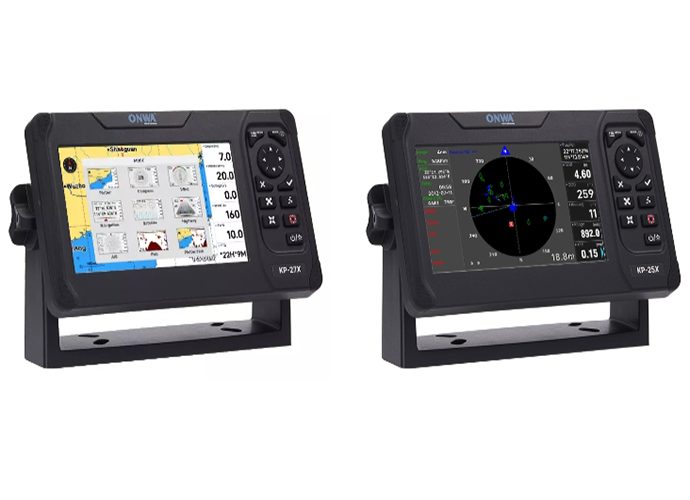
Installation Tips for 4-in-1 Chart Plotters
- Choosing the Location: Identify an installation spot that offers a clear view of the display, ease of access, and minimal exposure to the elements or potential impact points.
- Power Requirements: Ensure that the chart plotter is properly connected to a stable power source and that all wiring complies with marine electrical standards to avoid damage to the device or boat.
- Mount Securely: Small boats often face rougher movements; therefore, the chart plotters should be mounted securely to prevent any shifting or damage, using hardware appropriate for the boat’s console material.
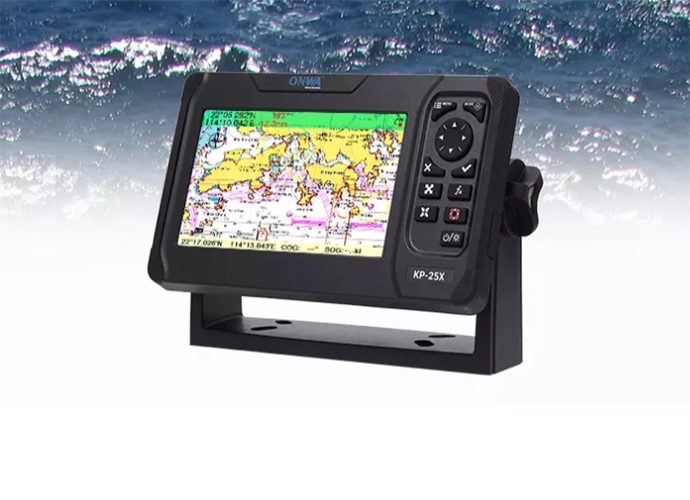
>>Click here view more
